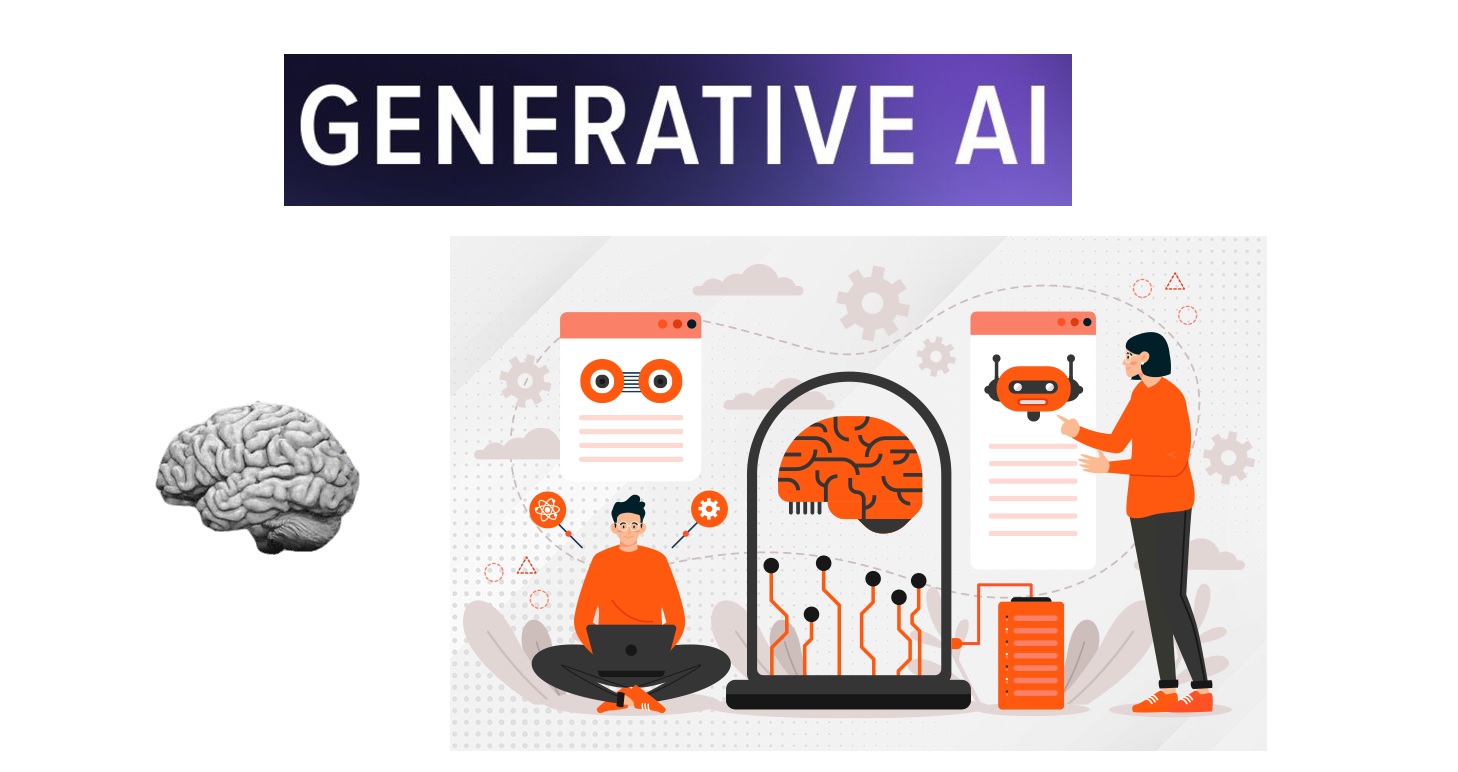Imagine sitting at a large round table. Around you are familiar colleagues, but now there is a new participant. This participant listens carefully, suggests ideas, sketches concepts, drafts plans, and even tests scenarios. Yet it has no face, no chair, and no human form. It exists only as a presence in your devices and workflows. This presence is generative AI, not as a distant technology, but as a collaborator that sits alongside us, turning itself from a tool into a teammate.
To understand generative AI, imagine a river that never dries up, flowing with patterns, languages, images, and concepts. Anyone who touches the water can shape it, and the river reshapes itself, learning from every ripple. This is not a cold machine. It is a system that absorbs, interprets, and produces. And its arrival is changing how we think about work, creativity, and decision-making.
When Machines Learn to Co-Create
One of the earliest mental shifts we experience when working with generative AI is the change from issuing commands to engaging in dialogue. Rather than treating software like a hammer or calculator, we interact with it like a partner in conversation.
Writers find themselves refining drafts by exchanging versions with the system. Designers sketch, and the system adds detail, refinement, or reinterpretation. Musicians toss a motif into the air, and the system responds with variations.
Instead of replacing human creativity, these systems spark new pathways. They expand the room for imagination. The canvas becomes wider. The number of possible prototypes increases. The fear of the blank page starts to shrink.
This collaboration opens doors for professionals exploring emerging roles, such as those enrolling in a generative ai course in Hyderabad, where they learn not only how the technology functions, but how to think with it.
The Shift from Task Execution to Thought Partner
In traditional digital systems, the human gave instructions and the machine executed in a linear manner. Generative AI reverses this rhythm. The machine contributes ideas back.
This shift transforms the workflow:
- Instead of planning every step in advance, we explore possibilities first.
- Instead of waiting for insights after analysis, we examine real-time suggestions.
- Instead of only following defined processes, we open space for reinterpretation.
The role of the human becomes more about shaping direction, evaluating nuance, and bringing purpose to outcomes. The system supports by producing options faster than any single human could. It becomes a brainstorming companion that never tires, never runs out of examples, and never needs a break.
This is why fields like research, marketing, consulting, product development, user experience design, and education are rapidly changing. The work now values discernment as much as output.
Craft, Identity, and the Question of Ownership
With generative AI, we must confront a subtle emotional shift: What does it mean to be a creator when our partner is non-human?
Creators often describe their work as an extension of identity. The lines we draw, the notes we compose, the words we string together all reflect something only we contain. Yet generative tools can mirror our style, amplify it, or produce something we never would have thought of.
Instead of reducing our individuality, this collaboration invites us to clarify it. The question moves from “How do I create this from scratch?” to “What is the direction and intention behind what I am creating?”
In this model, the human remains the architect of meaning. The system becomes a well of inspiration and refinement.
Decision-Making in an Era of Machine Insight
Generative AI is not only transforming creative fields. It increasingly supports everyday and strategic decisions.
It helps us analyze trends, simulate outcomes, and model consequences. But it does something deeper. It encourages us to see patterns we may have ignored.
Decision-making becomes a shared process:
- The system suggests potential results.
- The human weighs context, ethics, relationships, and values.
This partnership mirrors a classical mentor-mentee relationship. The AI offers raw perspective. The human shapes wisdom from it.
Working With, Not Against, the Future
We are entering a world where the most valuable skill is not simply knowing how to perform tasks, but knowing how to collaborate with intelligent systems. This collaboration requires curiosity, humility, and a willingness to experiment.
As more professionals and students adopt these tools to build careers, programs such as a generative ai course in Hyderabad are helping bridge technical understanding with practical thinking. The goal is no longer only to operate tools, but to shape how they operate alongside us.
Conclusion
The evolution from tool to teammate marks one of the most profound shifts in how society approaches work and creativity. Generative AI is not here to replace human thought, but to expand it.
We are no longer alone at the table when solving problems, imagining new products, telling stories, or making decisions. A new collaborator has arrived, quiet but immensely capable. The challenge and opportunity of the future lie not in resisting this presence, but in learning how to work with it, guide it, and allow it to help us become more imaginative, thoughtful, and effective than ever before.
